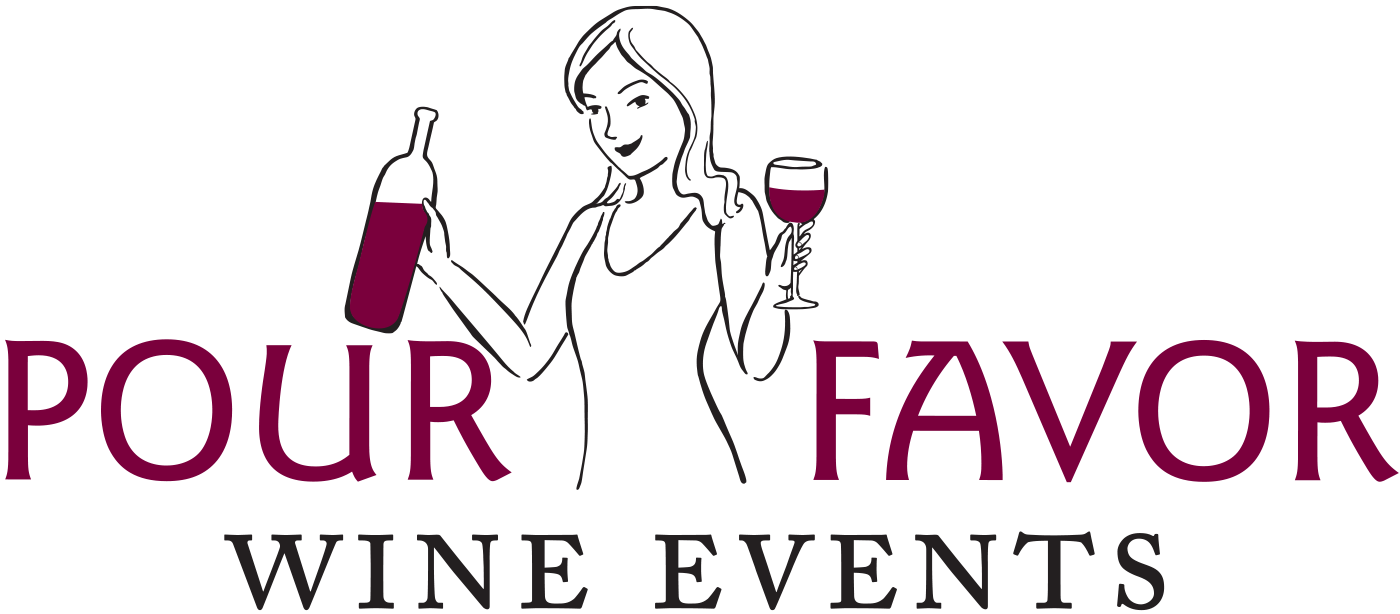 Here in Boston we often find that in the (unofficial) 'Winemaking Philosophy School' domestic producers come down on one or the other side of the Old vs. New World style line. California producers who want to be know for producing "cleaner" (read: more subtly oaked, or unoaked), less "tropical" white wines and/or producing "cleaner" (less chocolatey) or alcoholic reds often describe their approach as more Old World. Sometimes they'll even get more specific, too, such that if they are focusing on Chardonnay and Pinot Noir, they are shooting for a more Burgundian (France) approach; if they are focusing on Cabernet, Merlot, Cabernet Franc or the like, they will tell you they are inspired by Bordeaux (France) reds; and likewise if they are focusing on Syrah, Grenache and the like, they will tell you Rhone (France) wines are their inspiration.
New World wines can strike a middle ground, where the fruit is forward and full, but not so much so as to hide any other nuances. This style is just a lot harder to find.
Here in Boston we often find that in the (unofficial) 'Winemaking Philosophy School' domestic producers come down on one or the other side of the Old vs. New World style line. California producers who want to be know for producing "cleaner" (read: more subtly oaked, or unoaked), less "tropical" white wines and/or producing "cleaner" (less chocolatey) or alcoholic reds often describe their approach as more Old World. Sometimes they'll even get more specific, too, such that if they are focusing on Chardonnay and Pinot Noir, they are shooting for a more Burgundian (France) approach; if they are focusing on Cabernet, Merlot, Cabernet Franc or the like, they will tell you they are inspired by Bordeaux (France) reds; and likewise if they are focusing on Syrah, Grenache and the like, they will tell you Rhone (France) wines are their inspiration.
New World wines can strike a middle ground, where the fruit is forward and full, but not so much so as to hide any other nuances. This style is just a lot harder to find.
This week we had the pleasure of revisiting the well-known, highly regarded wines of Elyse Vineyards with the understated Winemaker/Owner Ray Coursen guiding us through his ample lineup. The elegance and distinction of his wines (among an elite list of colleagues - we also happened to have the pleasure of tasting Burgess wines earlier that day) spoke for themselves, with his Rhone-focused reds displaying an almost unheard of level of refinement and elegance, with a surprising lighter body (relatively speaking) and a lower alcohol level than the heavy-handed Grenache grape (in and of its own genetic makeup) is known. The nuances of smoked meats and charcuterie stole the show - and brought back to discussion the impact of terroir in California.
We've agreed amongst ourselves informally that the popular alcohol bombs of the 1990s were delicious enough at the time, but took their toll on you physically. But we hadn't heard a domestic producer weigh in on the topic recently. Interestingly, Ray offered up his perspective on alcohol levels at the outset - and it was fascinating. This man is NOT, by any stretch of the imagination, working with grape varietals that are not a huge challenge to keep at moderate levels of alcohol. (And especially during the heyday of Robert Parker reviews (1990s), big, extracted wines were what the market was after; given the growing conditions and winemaking practices of the time, it was easy enough to offer up the goods accordingly.)
Ray said he and his crew got to the point where they didn't want to drink their own wines everyday - they had worn them out because they were just so big, so high octane. Over the years it was just too much. In the last few vintages they've made the decision to simply apply a lighter hand. And the savory/elegant tension is outstanding!
Ray's Zin's continue to be flagship wines, for sure, but if you want to be enchanted for enchantment's sake seek out the Elyse Le Corbeau Hudson Vineyard (Rhone red). This largely Grenache-based wine (with a dash of Syrah and Viognier) has a surprising Burgundian appeal (yep! That's French Pinot Noir I'm talking about). The nose offers up black cherry fruit and a large yet refined helping of charcuterie. Lovely and floral, it is earthy and pure, clean yet spicey, both black and red fruited - and best of all, it is feminine and lithe (3% Viognier goes a long way).
For slightly less dough you could also try the Rhone-inspired Elyse C'est si Bon. It delivers more robust fruit, a welcome kick of spice, more of that surprising smoked meat nuance as well as blueberry and black fruits, raspberry and even a little bit of strawberry leaf earth. It is surprisingly lighter bodied for how profound the fruit is. It is another complex wine with hits of Burgundy from Elyse - that will leave you waxing poetic.
If you prefer whites, Ray has something for you, too: the Elyse Sonoma Chardonnay. This is a wine with incredible balance and refinement with an awesome, easy-going approach. Gentle nutmeg spice complements the melon and Meyer lemon flavors on entry and the more tropical fruit notes on the finish. This is a pretty, delicious, memorable vin.
These are just a few notes from the ample line-up we tasted - and there wasn't a bad one in the bunch! If we saw more of this approach coming out of California, suffice to say, we'd be spoiled rotten. Giddy-up!
